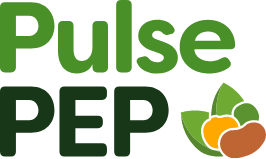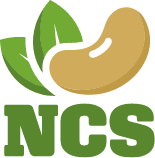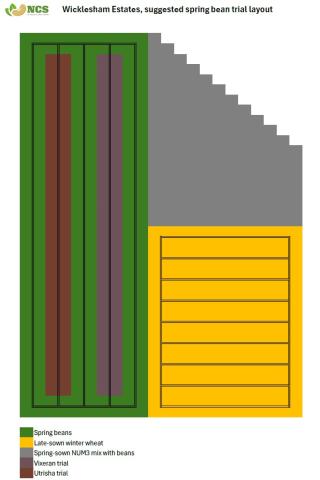Wicklesham Farm in Oxfordshire comprises about 160ha of which around a third is in Stewardship. Excluding non-cropped land, that leaves around 80ha of arable crops on soils that vary from light sand through to Denchworth clay, with reams of brash across several fields.
Blackgrass is our biggest challenge – we have some of the most resistant populations in the UK – and that drives the rotation. We’re using stewardship options (AB15, GS4 and NUM3) to take the worst fields out of production and build soil health. The rest we’re moving to block-cropping with a rotation loosely built around two wheats, triticale and a break crop.
We’ve given up on oilseed rape. We’ve had mixed results from beans in the past and I remain to be convinced that the crop will provide the break we need. We’d hoped to put all 80ha into beans this year, but have only managed to establish 33ha. It’ll be interesting to see how it stacks up against NUM3. That’s one of the things we're hoping to learn as Pulse Pioneers.
The field was drilled on 31 Jan 2024 with 225kg/ha Vincent spring beans. Part of the field is cropped with late-sown winter wheat (KWS Extase) to provide a beans vs non-beans comparison. We also have an area sown with NUM3 + c100kg/ha spring beans as a comparison (est 13/5/24). There is a tramline each we are treating with Vixeran and Utrisha. The rest of the farm’s bean crop (about 20ha) will also get these products, and the YEN analysis of the trial area will provide the detail we need to understand how they perform.





Discussion
24/6/24 Blackgrass took over the late-drilled wheat so we've topped the crop, and will keep it topped over summer. There's hardly any blackgrass in the beans, but a nice understory of clover, left over from the AB15. Clover has also established beneath the wheat canopy. Part of the NUM3 area had blackgrass & has likewide been topped
20/6/24 Received leaf analysis back for the sample taken at flowering. Very low for boron & potassium in the area treated with Vixeran or Utrisha while just low in untreated. Nitrogen is slightly higher in treated (4.09% vs 3.84%)